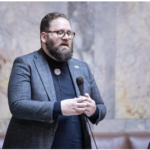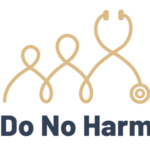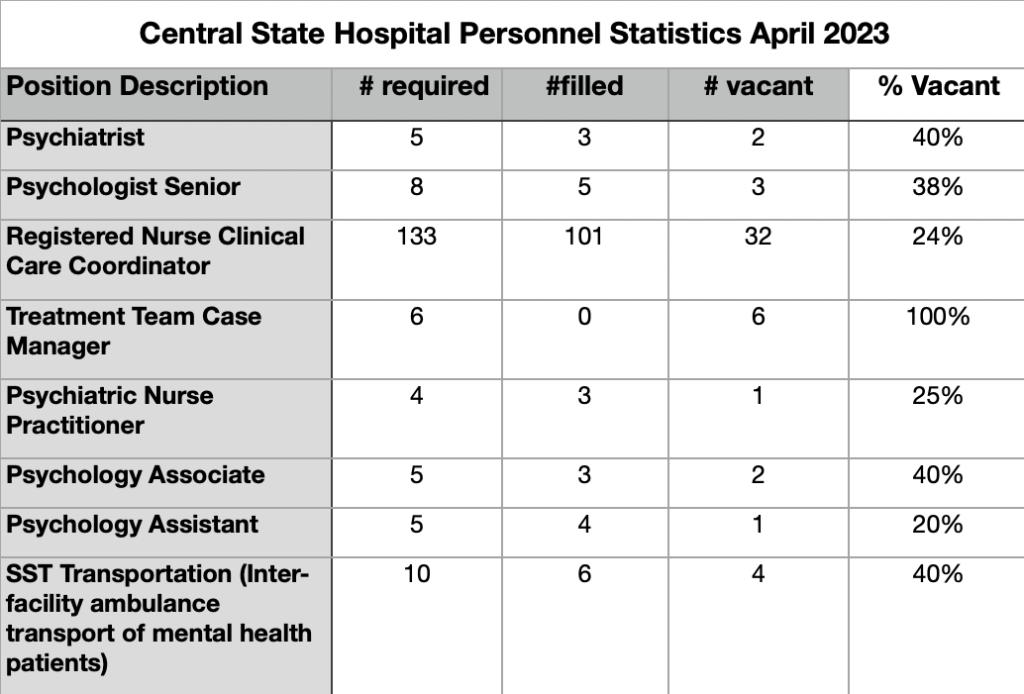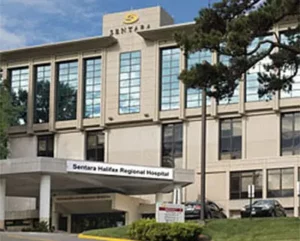
Washington State Senator Mark Lilas (D), sponsor of Senate Bill 5599 Supporting youth and young adults seeking protected health care services.
by James C. Sherlock
In another flashing sign of the apocalypse, Democrats in the Washington State legislature want the state to become a destination for runaway youth seeking gender transition as minors.
They proudly point to a newly passed law as their party’s response to other states passing laws to prohibit transgender medical services to youth under the age of 18.
Virginia progressives, envious, are temporarily disarmed from changing Virginia law.
There will be work to do when they get back full control in Richmond.
I have every confidence in their capability to catch up.
Washington State is poised to legalize non-notification of parents of “youth seeking protected health services” if the kid runs away from home. The law creates a new “compelling reason” to not notify parents of the location of a runaway child.
The existing “compelling reason” in Washington law is an allegation of child abuse.
The new law added as a “compelling reason” that the child is seeking gender transition. If a child has runaway for that reason, no parental knowledge of the child’s intent to transition genders, much less parental abuse, even needs to be alleged.
The bill passed on party line votes.
Instead of notifying parents, the youth shelters and temporary foster homes will notify the state Department of Children, Youth and Families (DCYF).
It gets worse.
Wait until you read about Washington State’s Medicaid “services” to these kids.
Continue reading →













